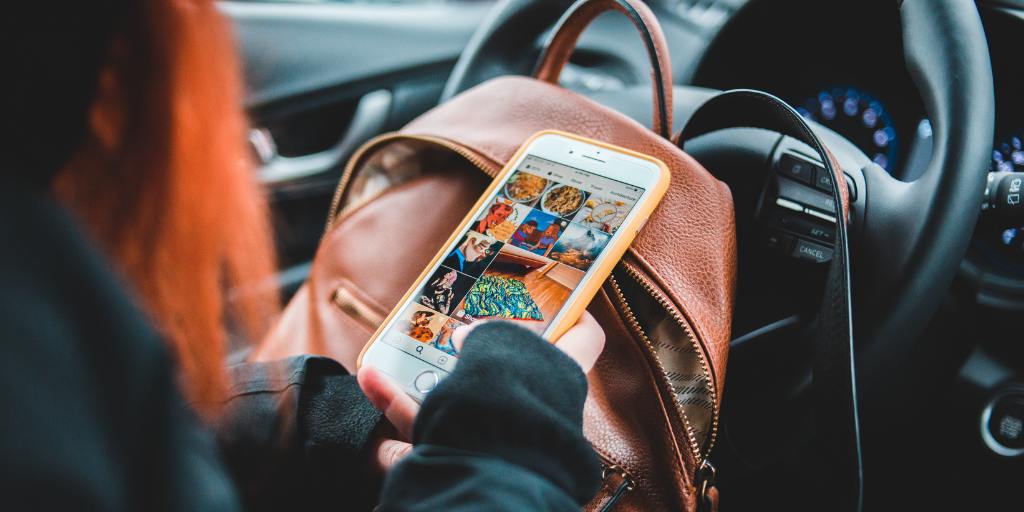
Instagram direct messages (DMs) can be a fun and positive tool. Your child can use them to talk to friends, share silly memes, and connect with family. But they’re also a place where your child might encounter strangers. This guide explains everything you need to know about Instagram DMs and how to keep your child safe while using them.
Instagram DMs are an in-app private messaging feature that allows people to exchange texts, photos, and posts with other Instagram users. DMs can be between two people or a group, and they are only visible to the sender and the recipient(s) of the message.
Instagram also has a vanishing mode feature, similar to Snapchat. This mode lets users exchange messages, photos, videos, and other content through chat that disappears when one of the parties either leaves the chat or turns off vanish mode.
Your child’s account settings will determine who can message your child. Let’s break it down.
If your child’s account is public with no restrictions on messages (not recommended), anyone can DM them, and all messages will be delivered to your child’s inbox.
If your child has a private account without any message restrictions, messages from non-followers will be filtered into their “Message Requests.”
Certain DMs will be automatically filtered to the message requests folder, depending on your child’s account settings. Usually, these requests come from people who don’t follow your child. They won’t get a notification about these messages, but they can access them.
The good news is that accounts can be set so messages from strangers don’t reach the Message Requests folder.
Here are some ways you can limit who’s able to DM them through the app.
With the rollout of Instagram’s Teen Accounts, kids under 16 are automatically placed in the strictest messaging settings. These settings limit contact to people they already follow or are connected to, and changes can only be made with parental permission. However, because Instagram’s age verification is fairly easy to bypass, parents should confirm their child’s account is set with the correct age.
While Teen Accounts don’t apply for kids ages 16-17, parents can still use Instagram supervision. You won’t be allowed to change any of your child’s settings, and they won’t need your permission to adjust them, but you can see things like their privacy settings and who can send them message requests.
Both parties need to agree to supervision and either party can end it at any time, so think of this feature more as a conversation starter and a tool for building trust.
New Instagram accounts for teens age 13-17 are automatically set to private. Teens under 16 need parental permission to switch their account to public. Teens 16-17 can change their account to public without permission, though.
It’s a good idea to talk with your older teen about the benefits of managing who can message them. Encourage them to adjust their account settings to prevent people they aren’t connected with from contacting them or sending message requests.
Even if your child’s Instagram is locked down like Fort Knox, there are still risks. They can still receive concerning messages from people they know or follow. Here are some tools to help you monitor your child’s Instagram DMs so you can spot any issues and step in:
Instagram DMs pose risks to kids. Parents should make sure their child’s privacy settings are adjusted properly to minimize the chance that they can be contacted by strangers. It’s also important for parents to use tools like BrightCanary to monitor their child’s Instagram DMs for any issues.